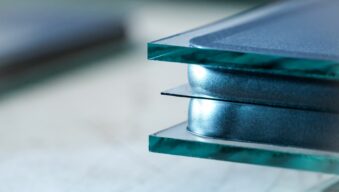








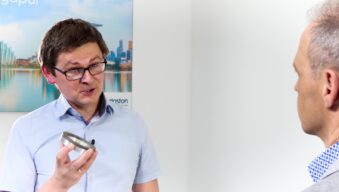


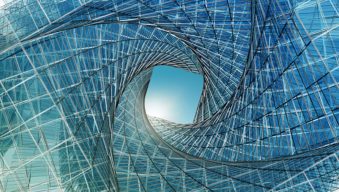
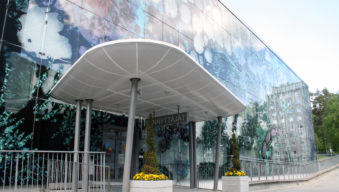
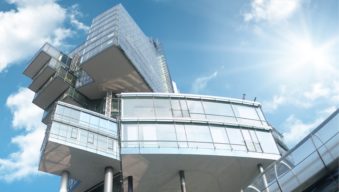
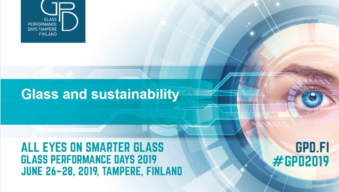
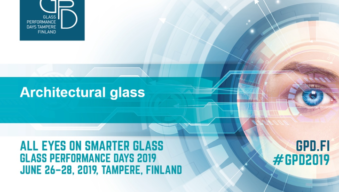
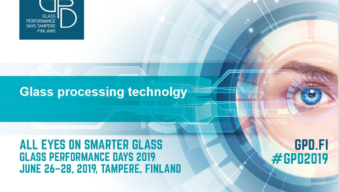
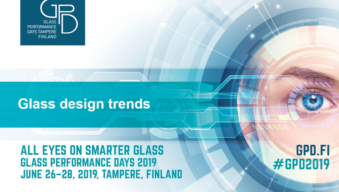
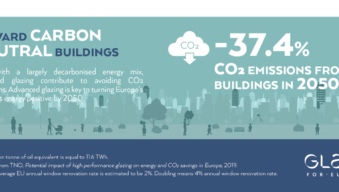
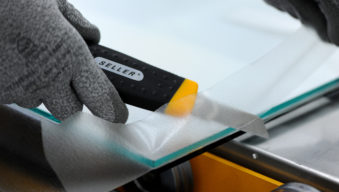
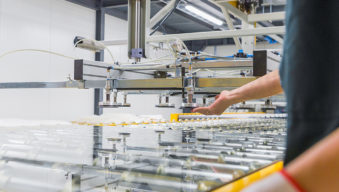
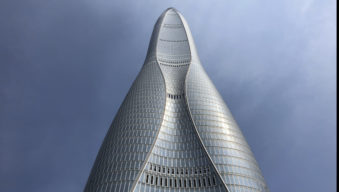
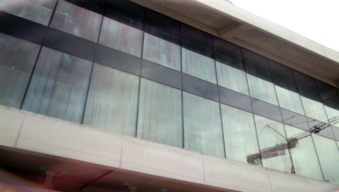
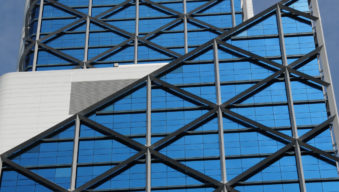

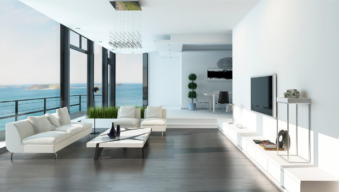

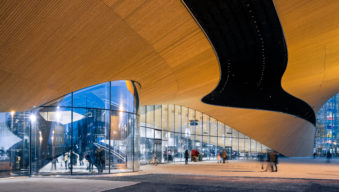

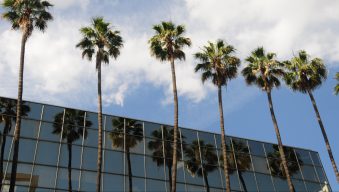
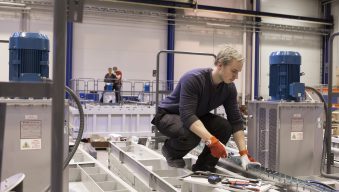

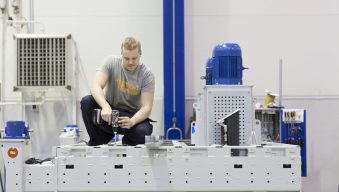
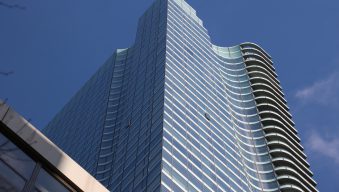
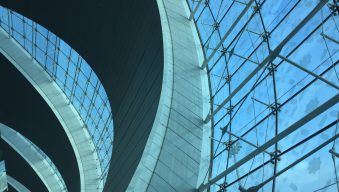
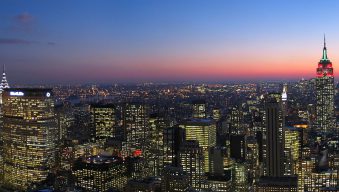
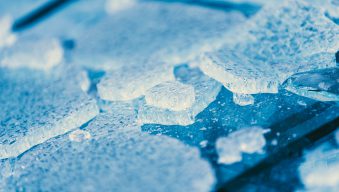
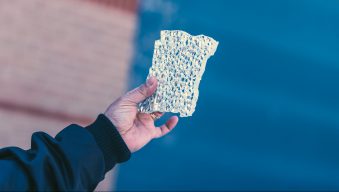
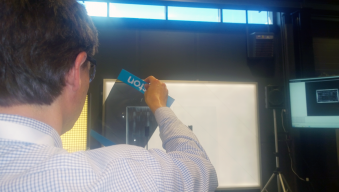
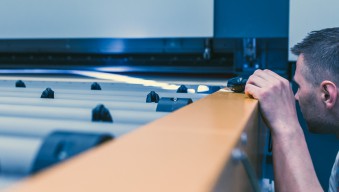
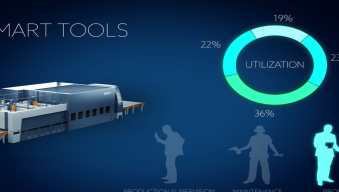

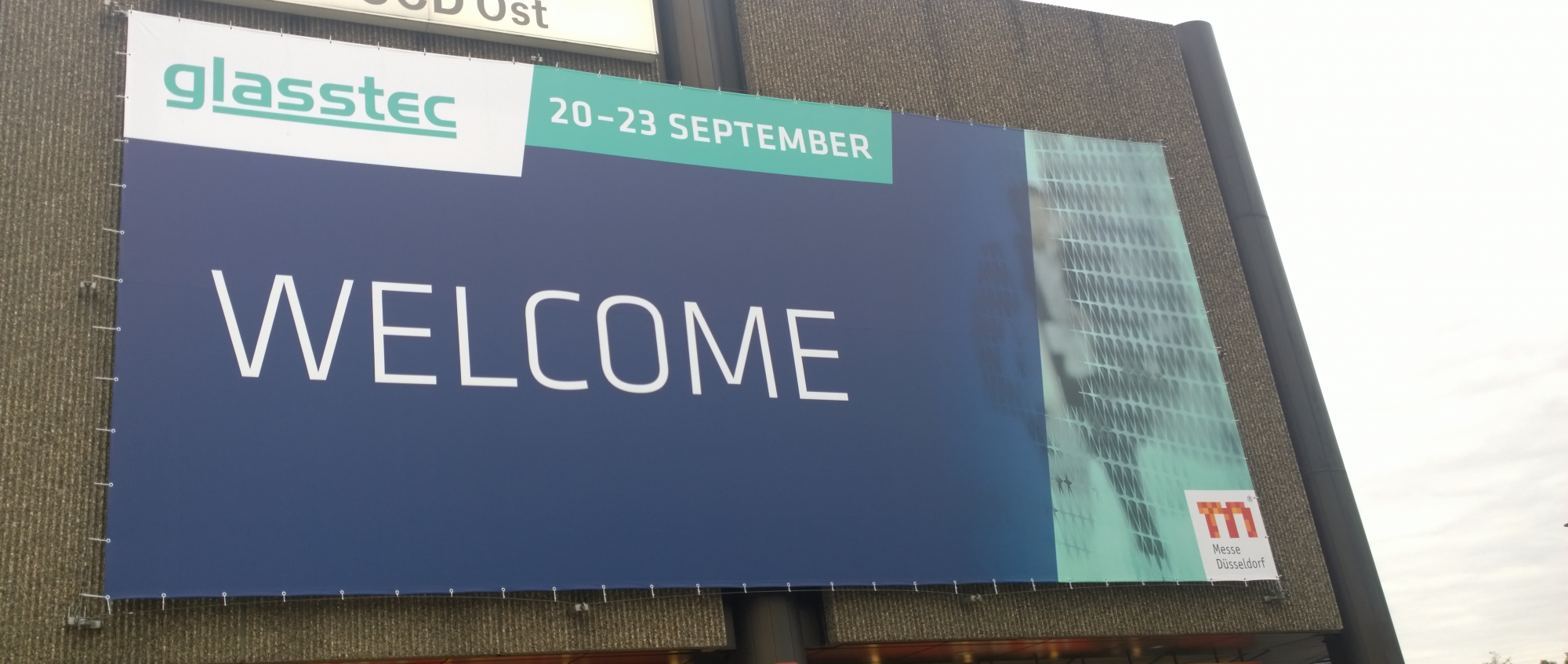
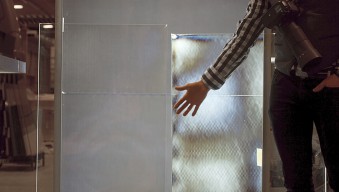
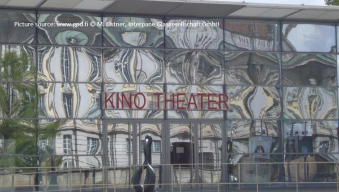
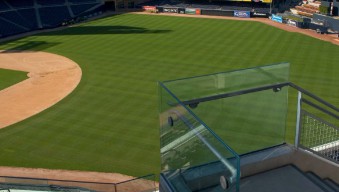

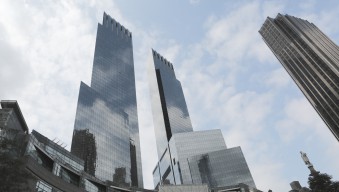


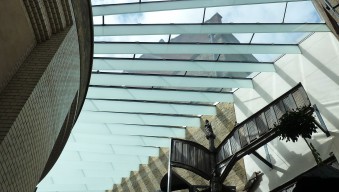
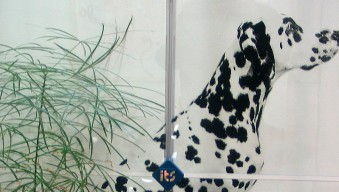

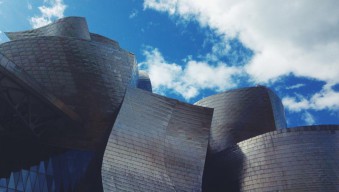

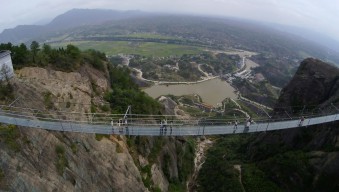
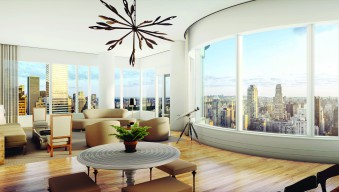
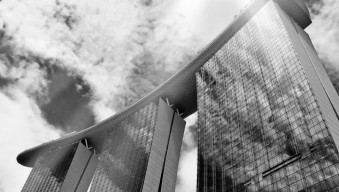
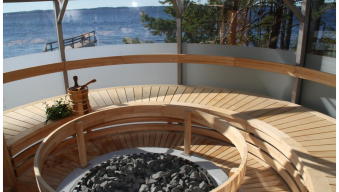
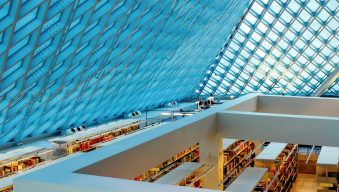
Once again, over 500 glass professionals gathered in Tampere, Finland, to celebrate glass. After many workshops and excellent presentations, I am excited to see the ambition level of glass industry professionals on the rise once again. If nothing else, the Glass Performance Days reminds us that glass is a material that can truly do it all.
And as a brief reminder, I compiled five design trends that caught my attention.
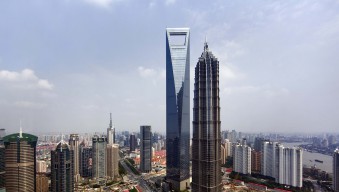
From time to time, I get a question from the glass structural engineers about specification advice on glass quality for high-profile facades. How they can make sure they will get the best possible or most suitable glass quality for their project? Many times, the question is: what is the best I can realistically get from the market?
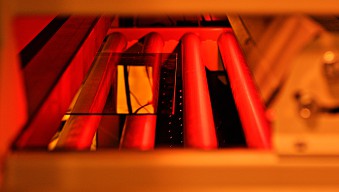
Energy savings in glass tempering process goes directly to your bottom line. Here’s how you can minimize your tempering process energy consumption. (Part 2/2)
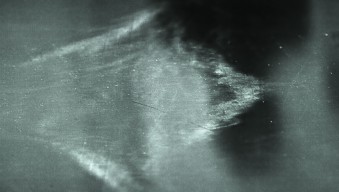
La neblina blanca en el vidrio templado es un defecto que debe corregirse de manera inmediata. Lea aquí qué es la neblina blanca y cómo se puede eliminar.


Glass and glazing solutions are an excellent way to increase the amount of daylight in any building or space. Read more to find out about the surprising impacts of daylight exposure.
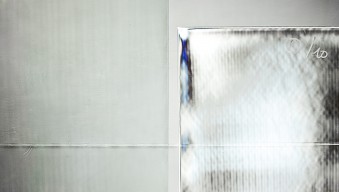
One of the most burning topics in the glass industry is whether anisotropy is a defect or not? The industry is puzzled because of a lack of standardization. What can we do?

Markets demand increasingly more quality from glass suppliers. Sometimes, you can see weird strain patterns or rainbow-colored streaks in the glass, especially when viewed at a close angle and in polarized light. This is called glass iridescence. And here’s how to get rid of it.
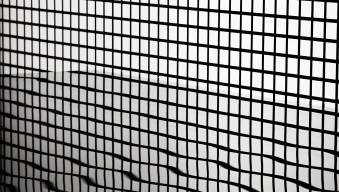
Los problemas ópticos son un asunto cada vez más crítico en los proyectos de fachadas de alta calidad. Los defectos ópticos están causados por dos razones principales: la ondulación de rodillos y el levantamiento de bordes. En este artículo, trataremos la ondulación de rodillos y cómo mejorarla.